Plywood pavilion transforms into 410 furniture pieces
In Fuqing, a small rural community in China, 410 plywood tables and chairs have been constructed from Furniture Pavilion S, an architect-built exhibition space, giving a new lease of life to this temporary structure
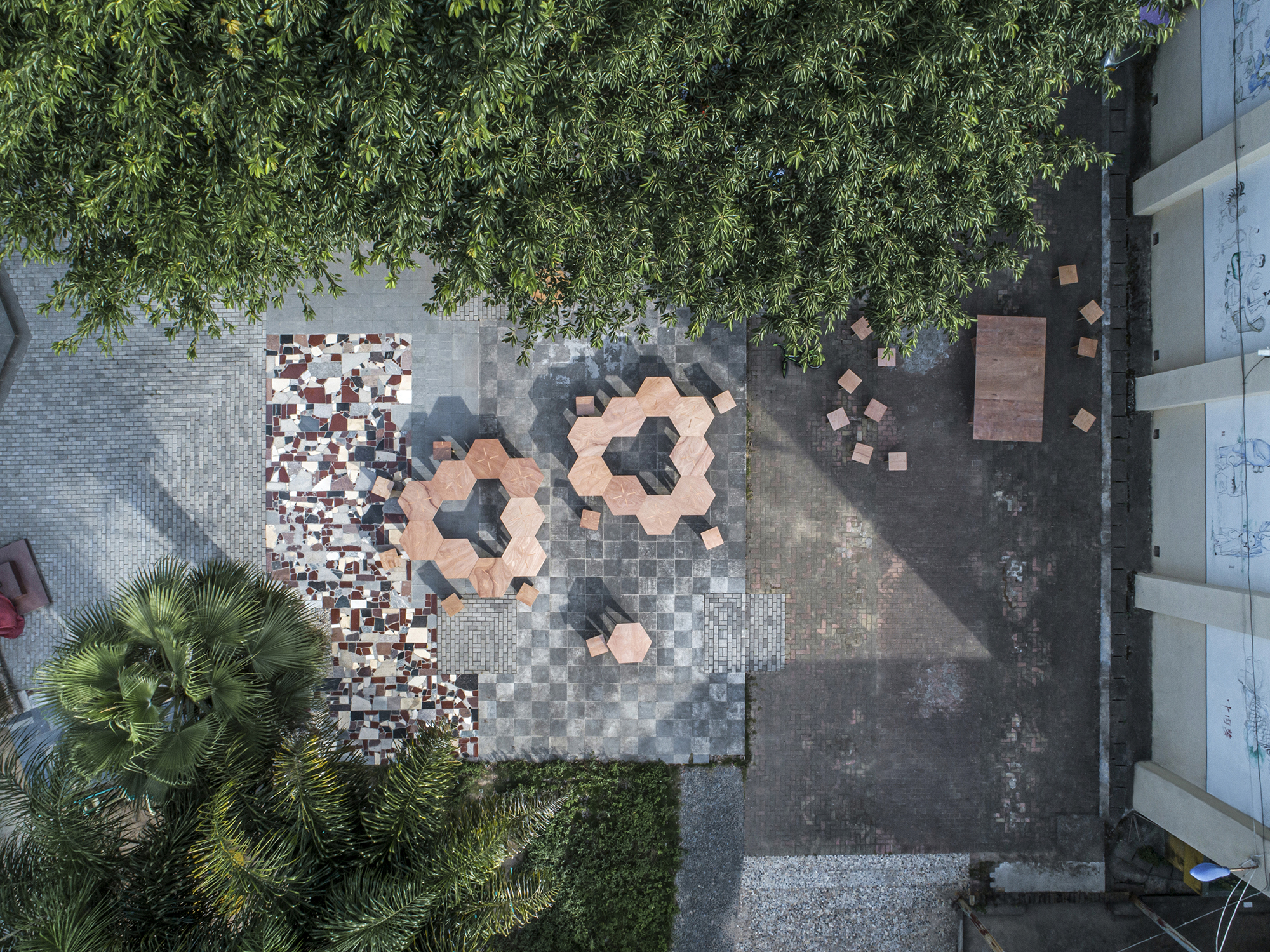
Rooi Design and Research studio has been busy thinking about how much waste is generated from temporary exhibition spaces. When planning for the Shanghai Furniture Fair last year, they took a considered approach for the design of display Furniture Pavilion S – a plywood structure that has now been given a new lease of life.
Founded Cape Town in 2018, with offices in Beijing and Shenzhen, Rooi took its ethos of creating ‘better and more “human-scale” environments for users’ when creating the angular and geometrical exhibition space for Side Furniture, a brand founded by Xin Huachen in 2018.
Keeping costs at a minimum was key, and so using plywood made sense for the modular structure, which consisted of 821 pieces of market standard size. Quick to assemble and dissemble, the edifice only used steel for the rest of the body and its roof, allowing the eco-conscious model to be seamless in its look and flooded with light in each display cove.
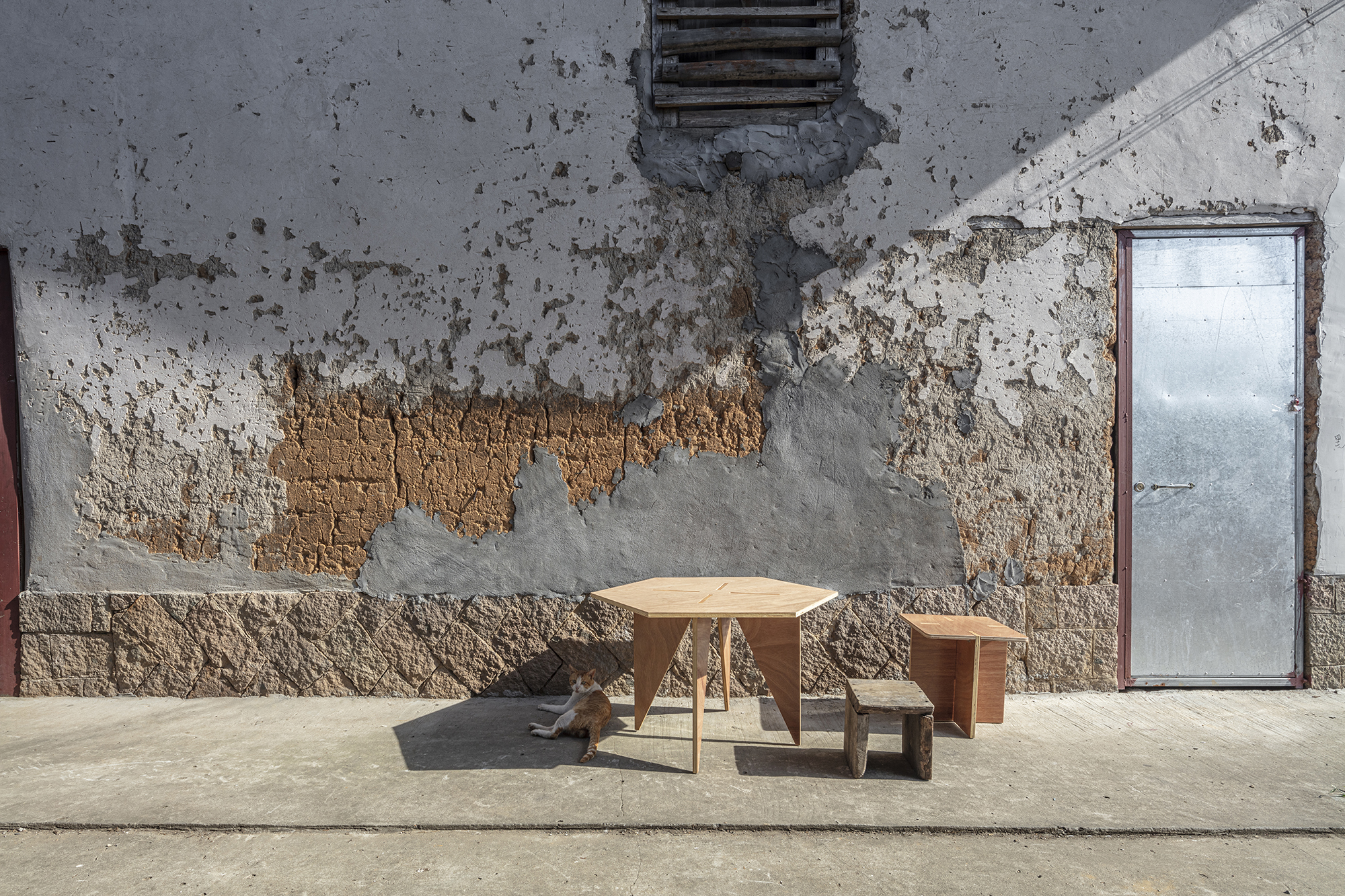
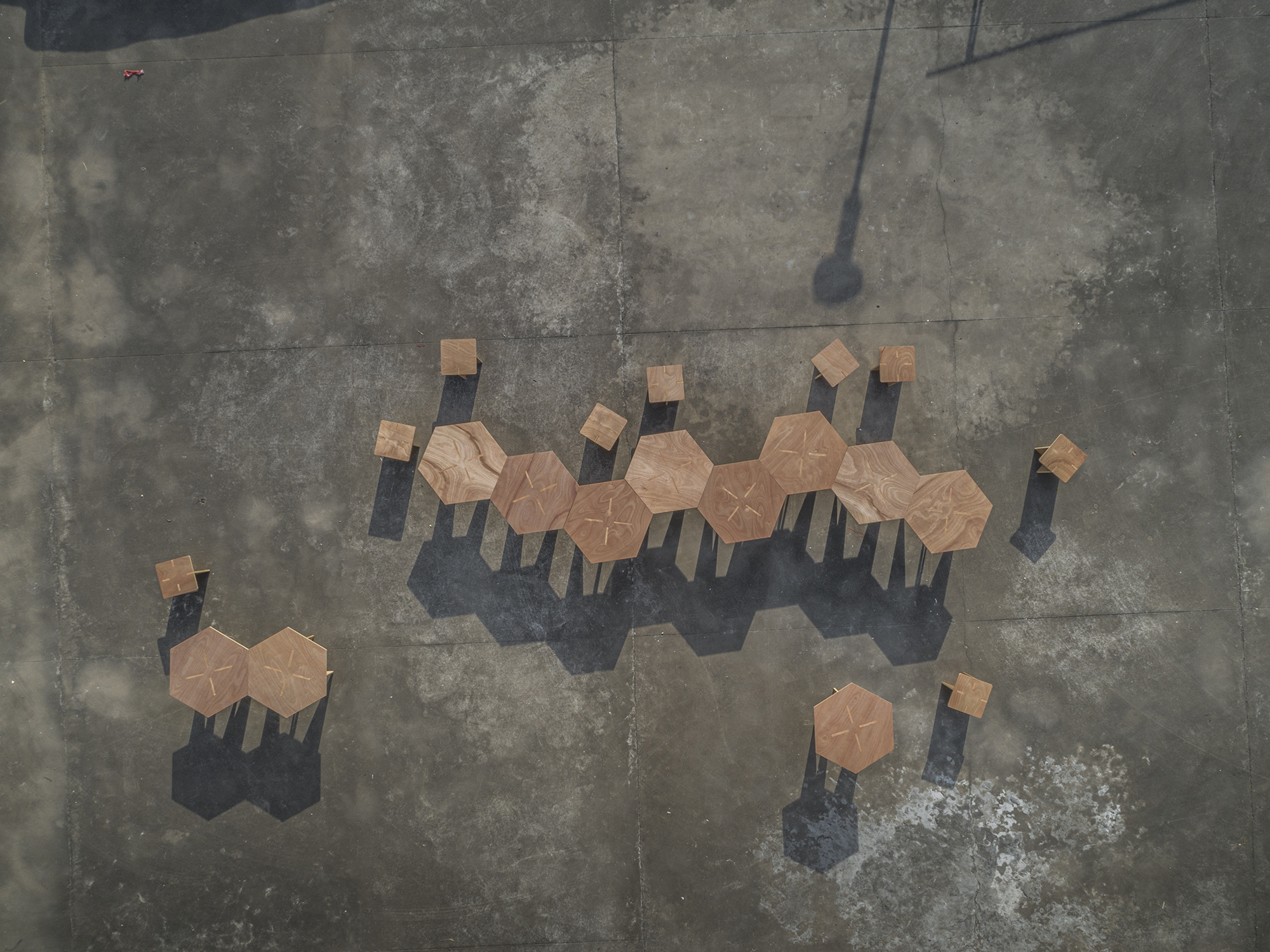
Today, Furniture Pavilion S has been made a comeback as 410 sets of hexagonal tables and rectangle chairs. Rooi was keen to ‘design the furniture which can be combined into different forms to increase the interactivity and fun, at the same time enrich the community activities.’ Installed at Comprehensive Cultural Service Center in a small town in Fuqing, Fujian Province, China, the furniture has a playful set up that can be added to, and pieced together for communal use.
‘We believe a design concept cannot be separated from its original context,’ says Rooi's biography, a sentiment that drives Furniture Pavilion S as a project that's sustainably and thoughtfully made for past, present and future shared experiences.
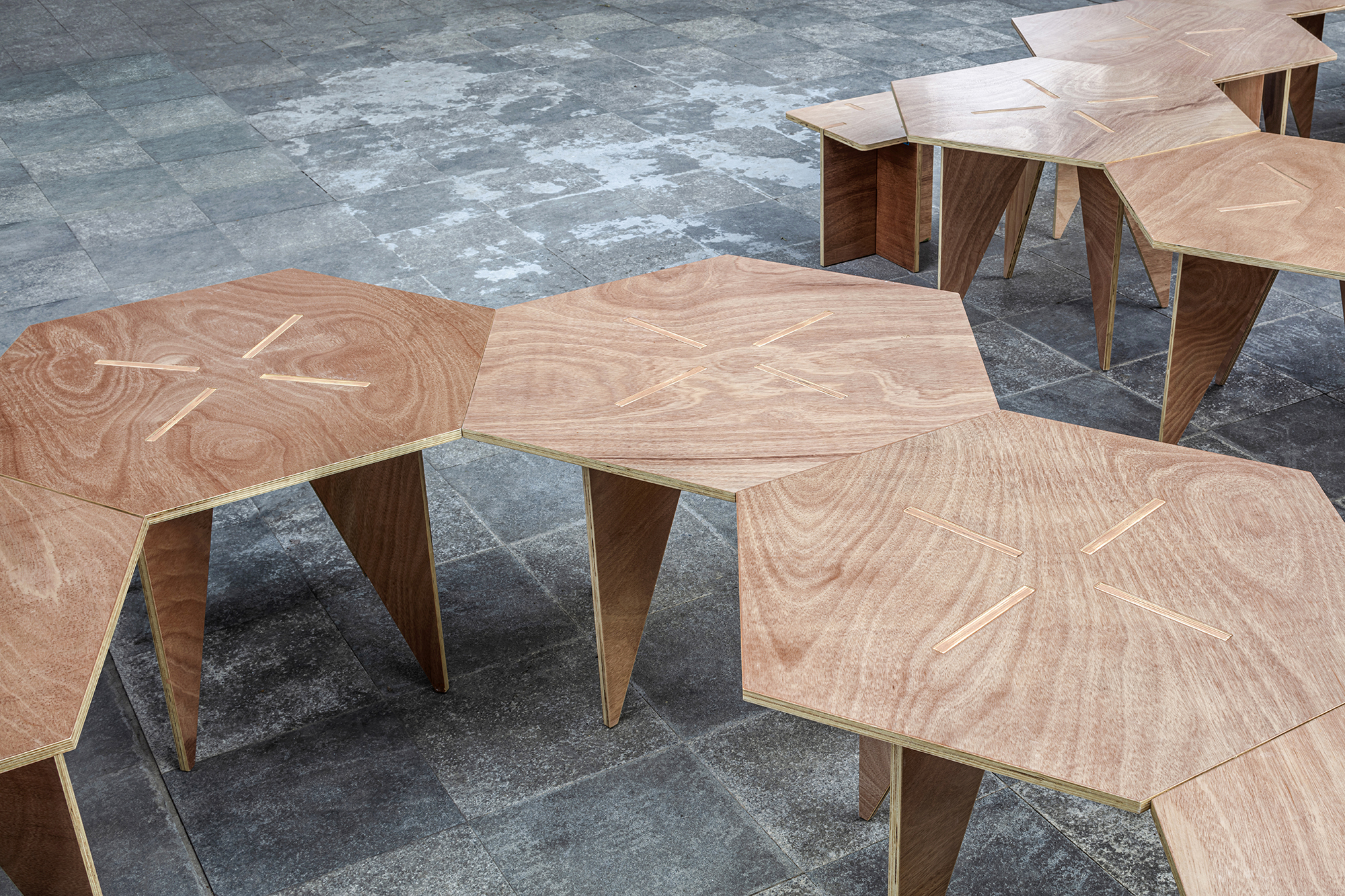
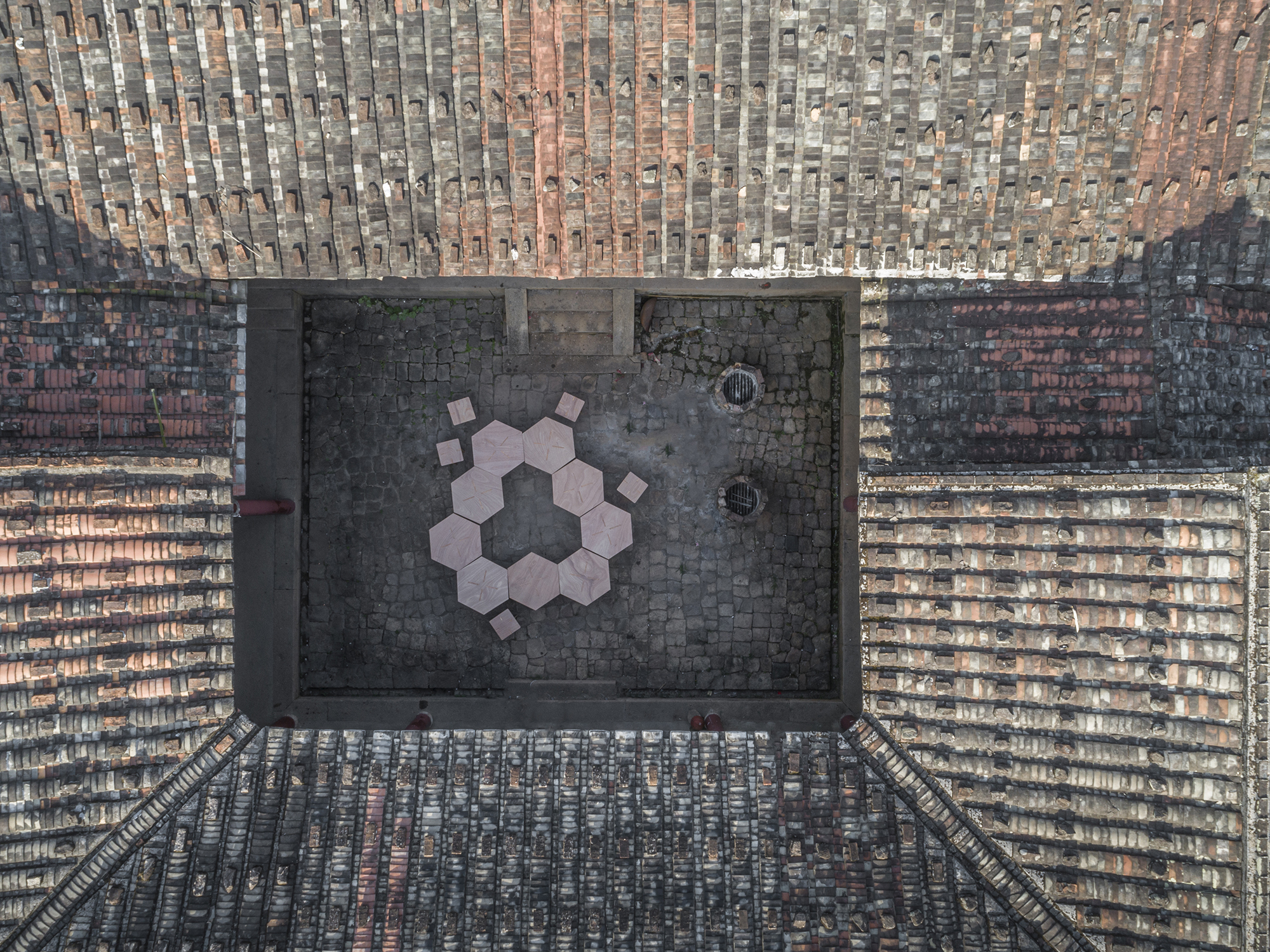
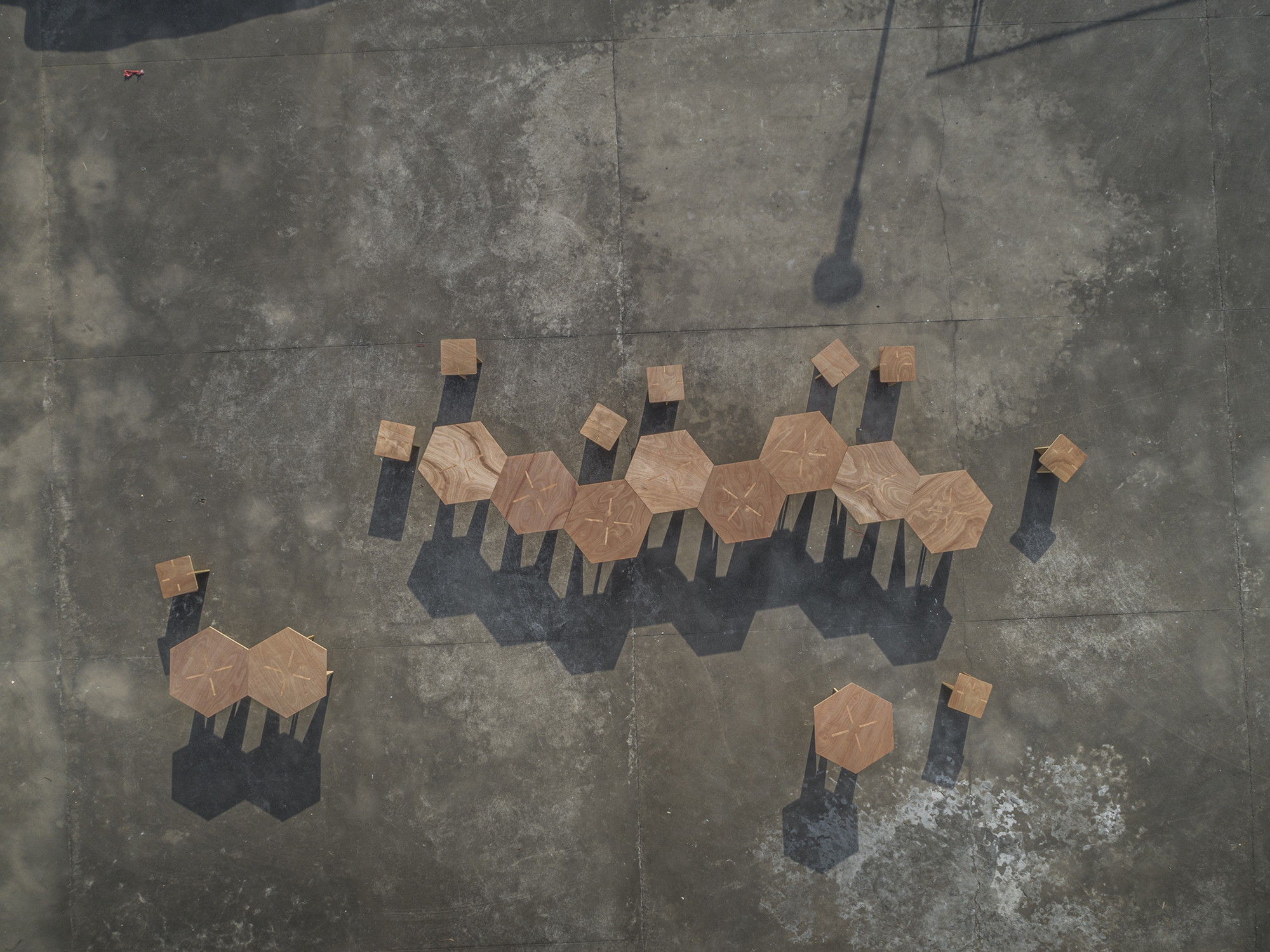
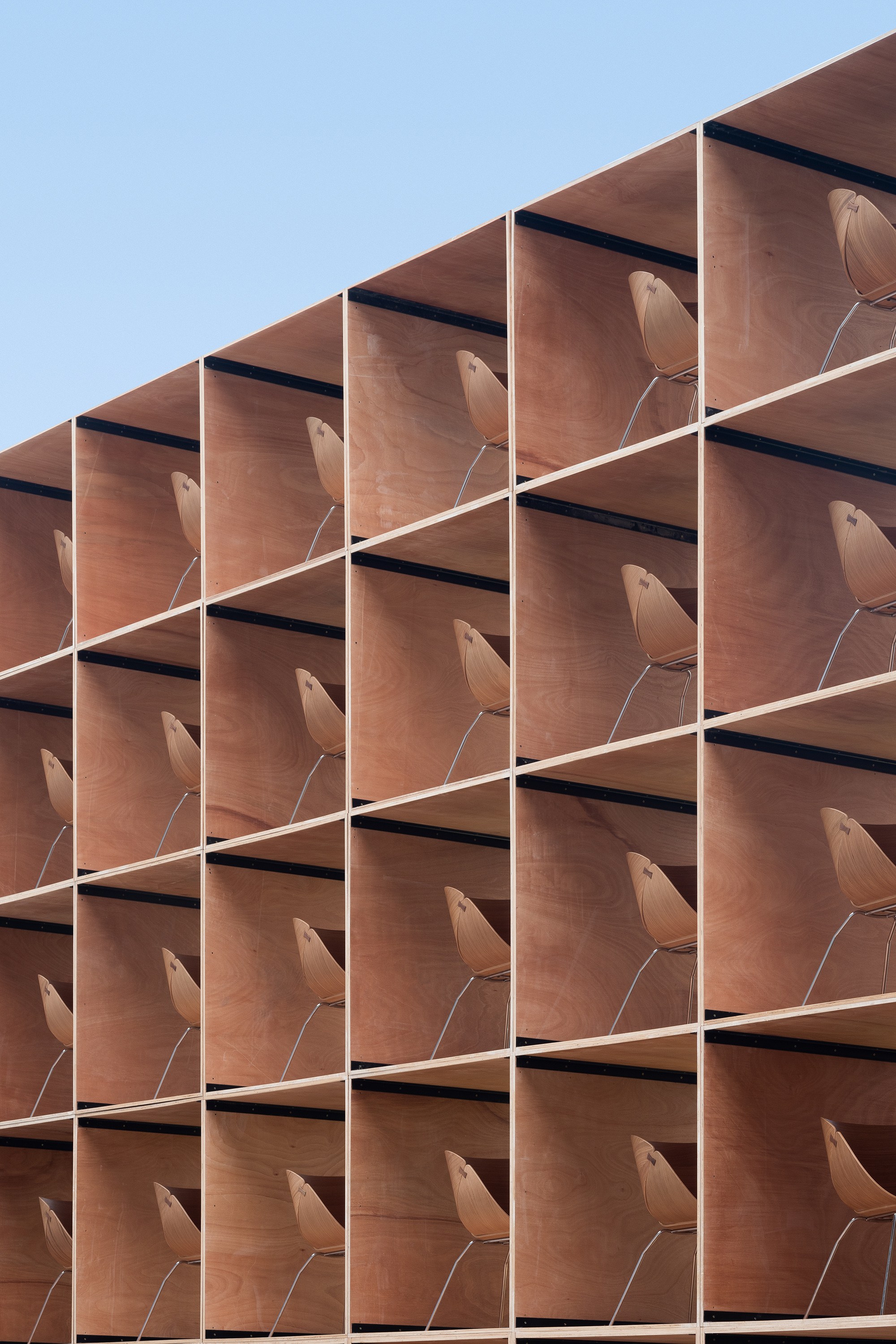
The original Furniture Pavilion S structure on display at Shanghai Furniture Fair.
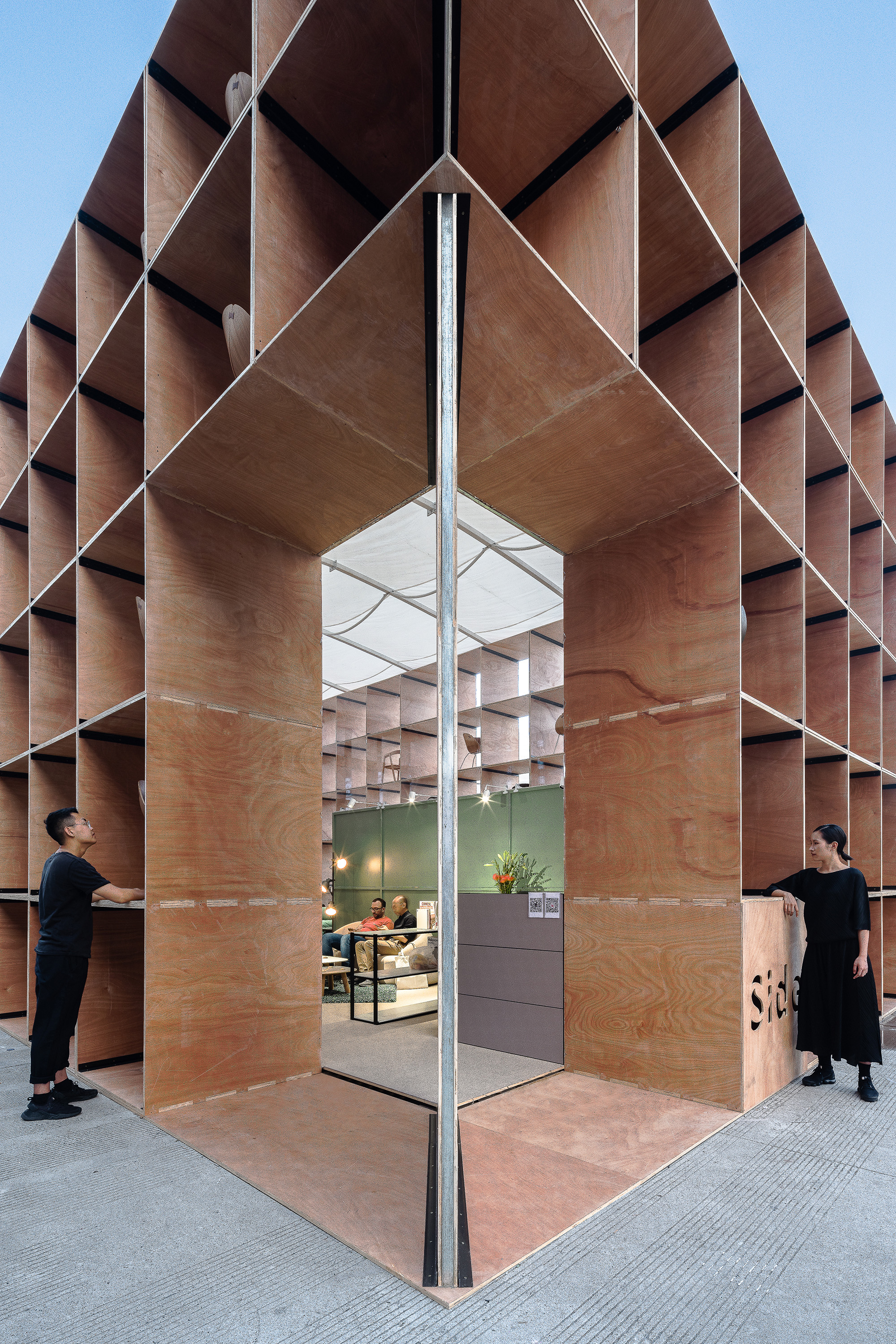
INFORMATION
Receive our daily digest of inspiration, escapism and design stories from around the world direct to your inbox.
Sujata Burman is a writer and editor based in London, specialising in design and culture. She was Digital Design Editor at Wallpaper* before moving to her current role of Head of Content at London Design Festival and London Design Biennale where she is expanding the content offering of the showcases. Over the past decade, Sujata has written for global design and culture publications, and has been a speaker, moderator and judge for institutions and brands including RIBA, D&AD, Design Museum and Design Miami/. In 2019, she co-authored her first book, An Opinionated Guide to London Architecture, published by Hoxton Mini Press, which was driven by her aim to make the fields of design and architecture accessible to wider audiences.
-
 Inside Paul Smith’s magical Christmas takeover of London’s Royal Opera House
Inside Paul Smith’s magical Christmas takeover of London’s Royal Opera HousePaul Smith has conceived the Christmas tree for fellow Covent Garden institution the Royal Opera House as a ‘peek behind the curtains’, with decorations inspired by a theatre’s backstage
-
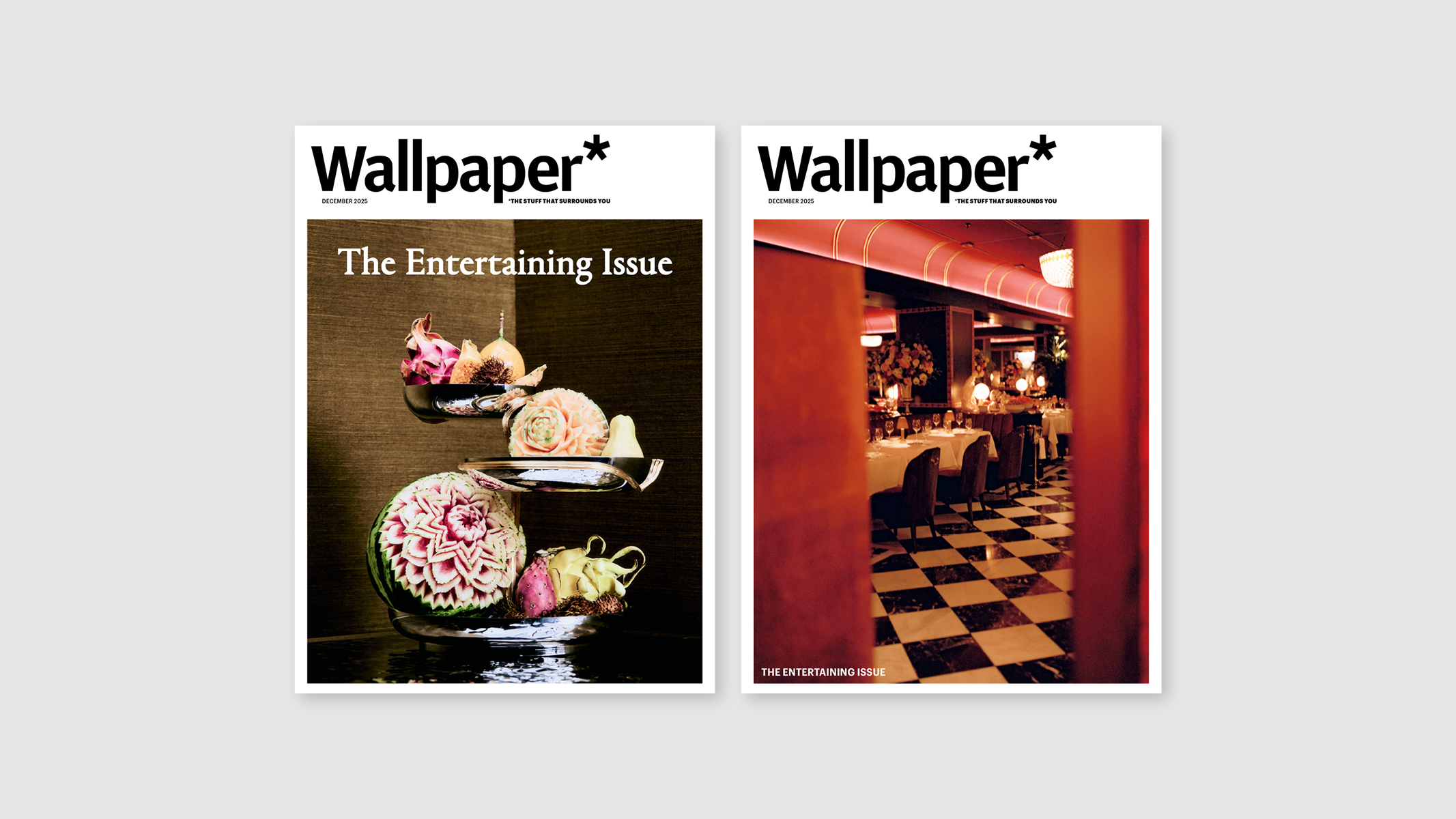 Unleash your socialising superpowers with the Wallpaper* Entertaining Issue, on sale now
Unleash your socialising superpowers with the Wallpaper* Entertaining Issue, on sale nowGet your sublime supper party started – or hit the town in style – with the December 2025 issue of Wallpaper*, on newsstands now
-
 A luxurious new floating hotel redefines the European riverboat experience
A luxurious new floating hotel redefines the European riverboat experienceQuietly cruising the Rhine, Main and Danube, new Hecker Guthrie-designed vessel Solara is the latest addition to the APT fleet
-
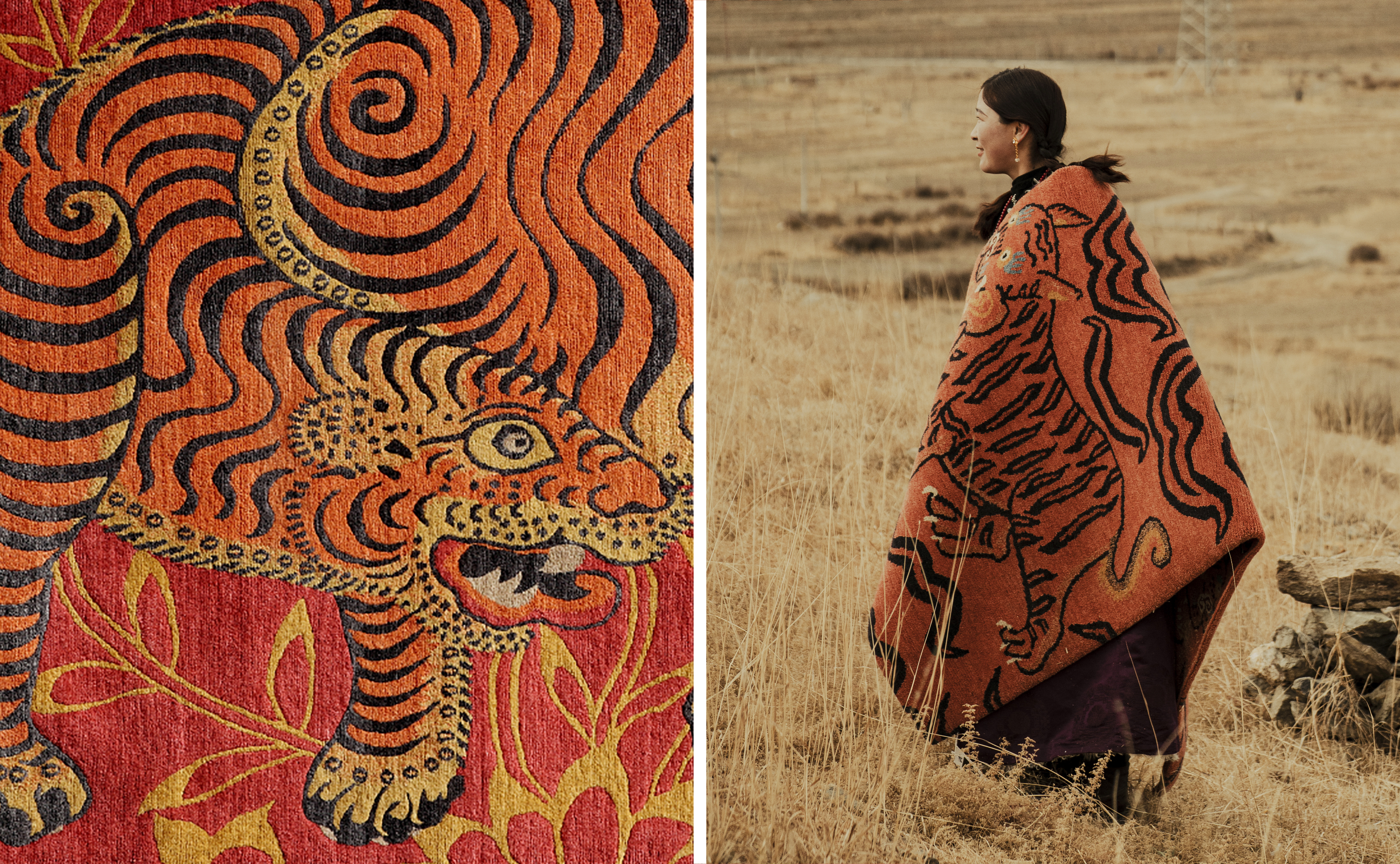 Reimagining roots: highlights from Design Shanghai 2025
Reimagining roots: highlights from Design Shanghai 2025The 12th edition of Design Shanghai reflected the evolution of Chinese creativity despite challenges to the sector, with participants exploring the intersection of tradition and innovation
-
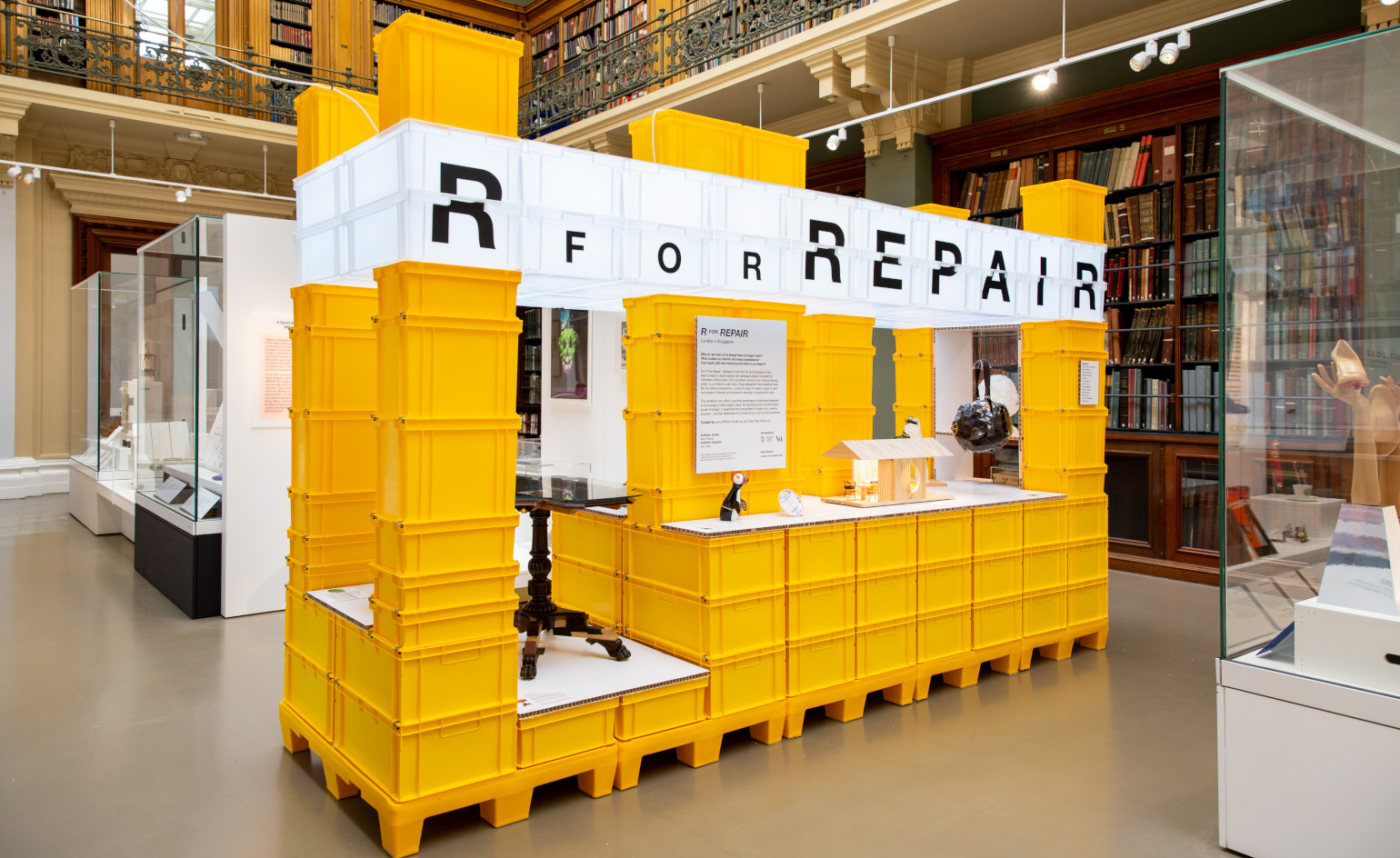 ‘R for Repair’ at London Design Festival displays broken objects, re-formed
‘R for Repair’ at London Design Festival displays broken objects, re-formedIn the second half of a two-part exhibition and as part of London Design Festival 2022, ‘R for Repair’ at the V&A displays broken objects, re-formed
-
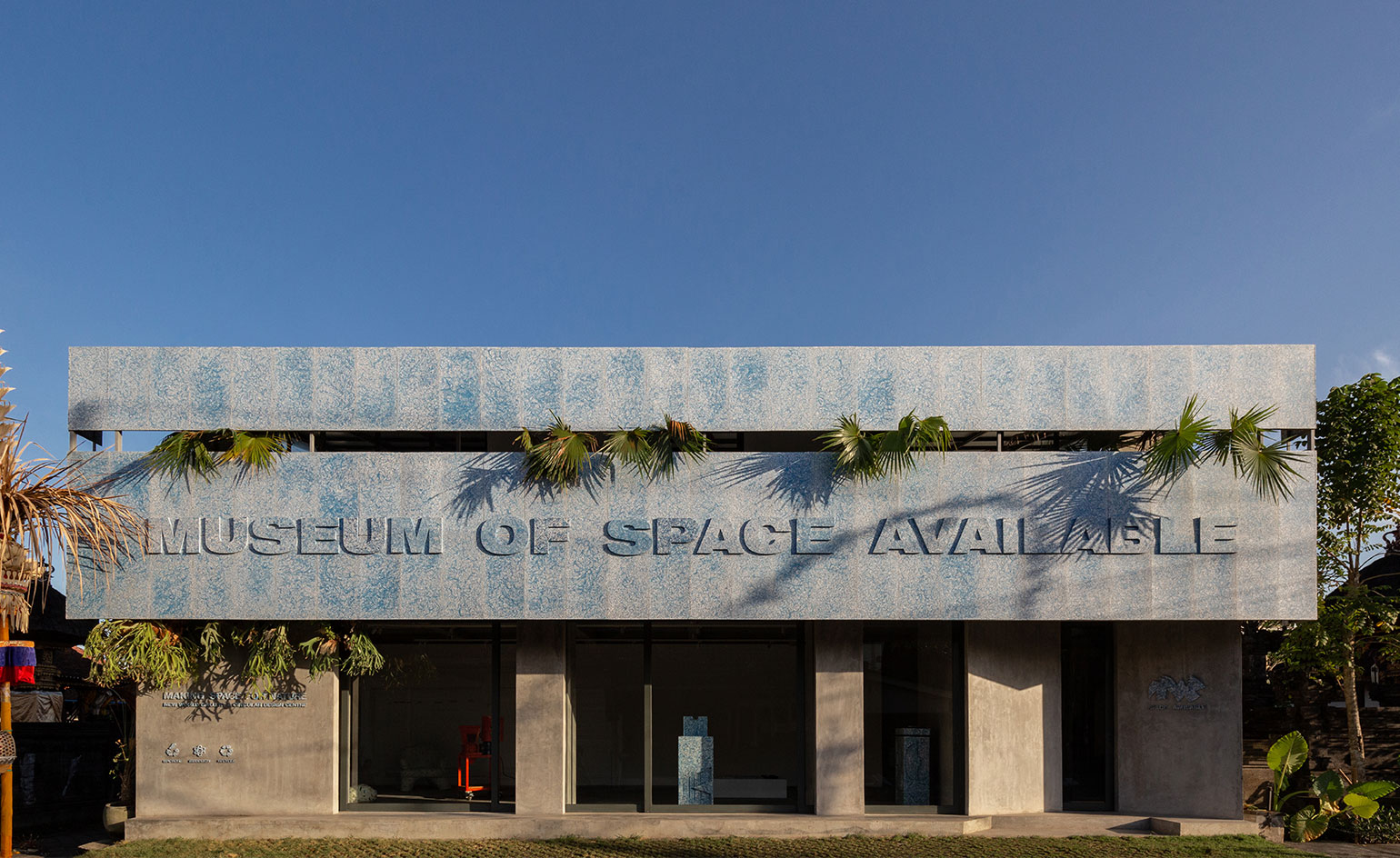 Inside Bali’s new Circular Design Workspace
Inside Bali’s new Circular Design WorkspaceAt Museum of Space Available in southern Bali, creative director Daniel Mitchell reimagines the possibilities of plastic waste
-
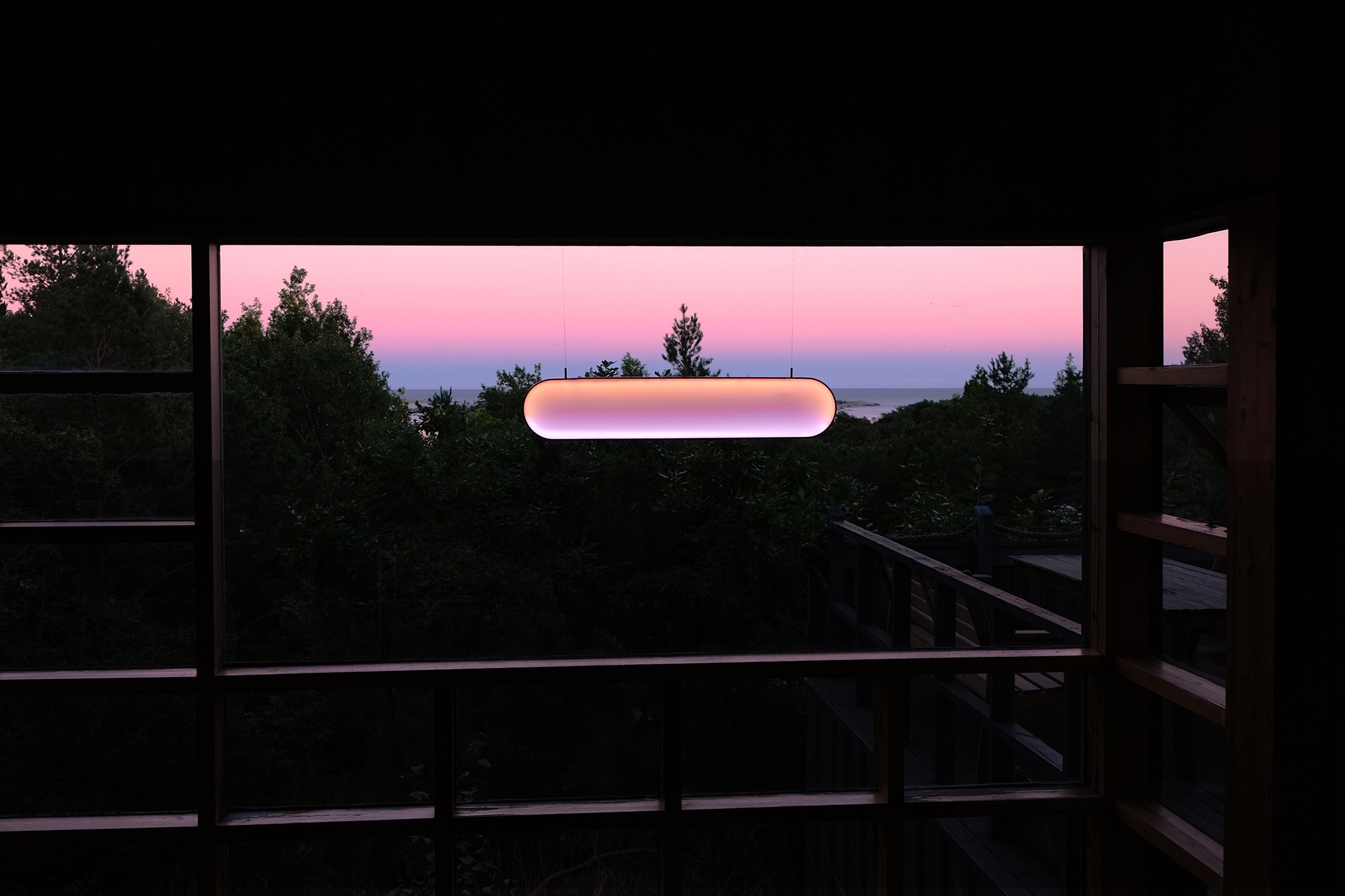 Solar light and modular cabin win Life-Enhancer of the Year: Wallpaper* Design Awards 2022
Solar light and modular cabin win Life-Enhancer of the Year: Wallpaper* Design Awards 2022Marjan van Aubel's ‘Sunne’ solar light and the Space of Mind cabin, by Studio Puisto, Made by Choice and Protos Demos, are the joint winners of this year's Life-Enhancer category
-
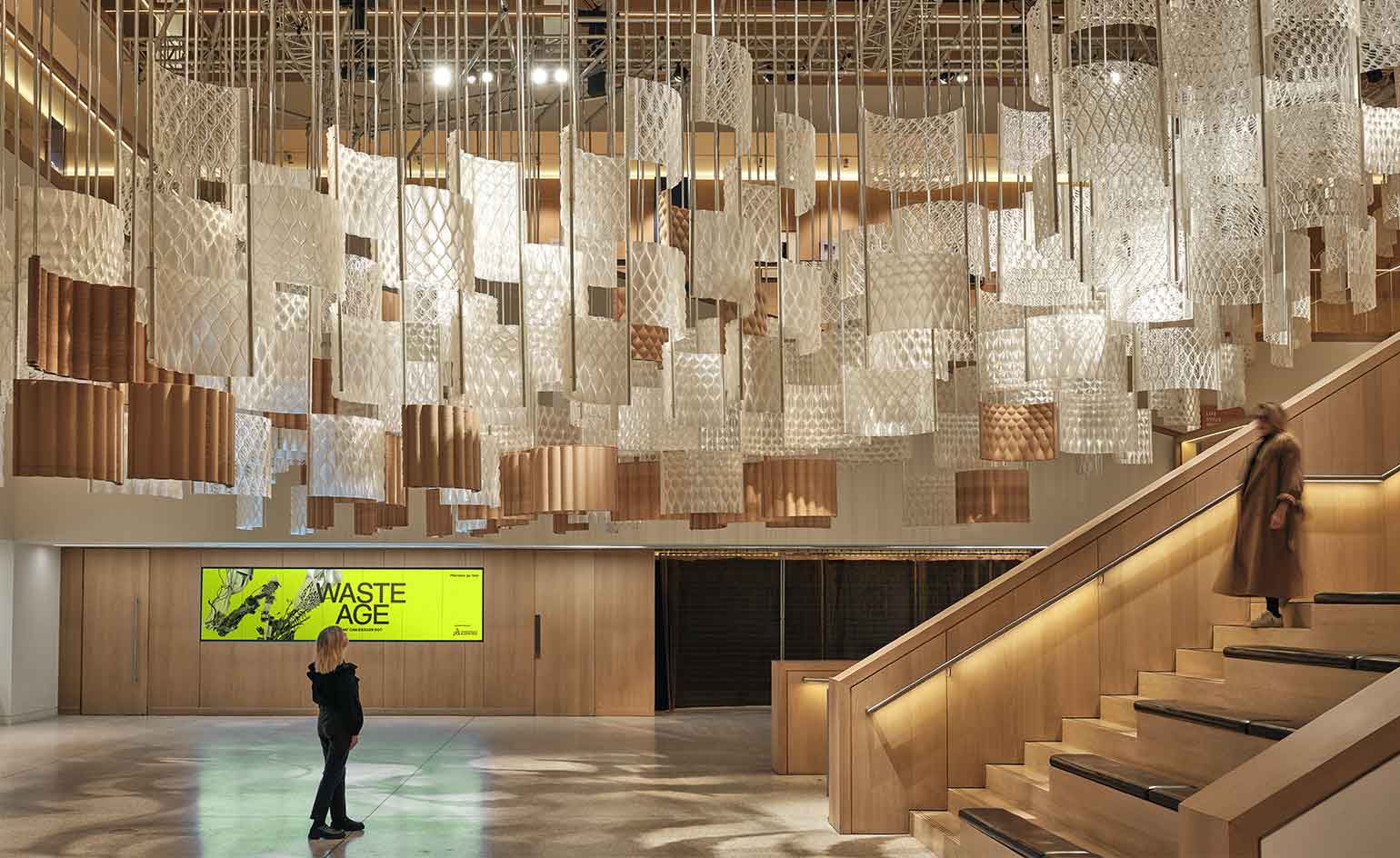 Design Museum exhibition puts waste front and centre
Design Museum exhibition puts waste front and centre‘Waste Age: What Can Design Do?’ at the Design Museum, London (until 20 February 2022), presents design’s proposals and solutions to the issue of waste
-
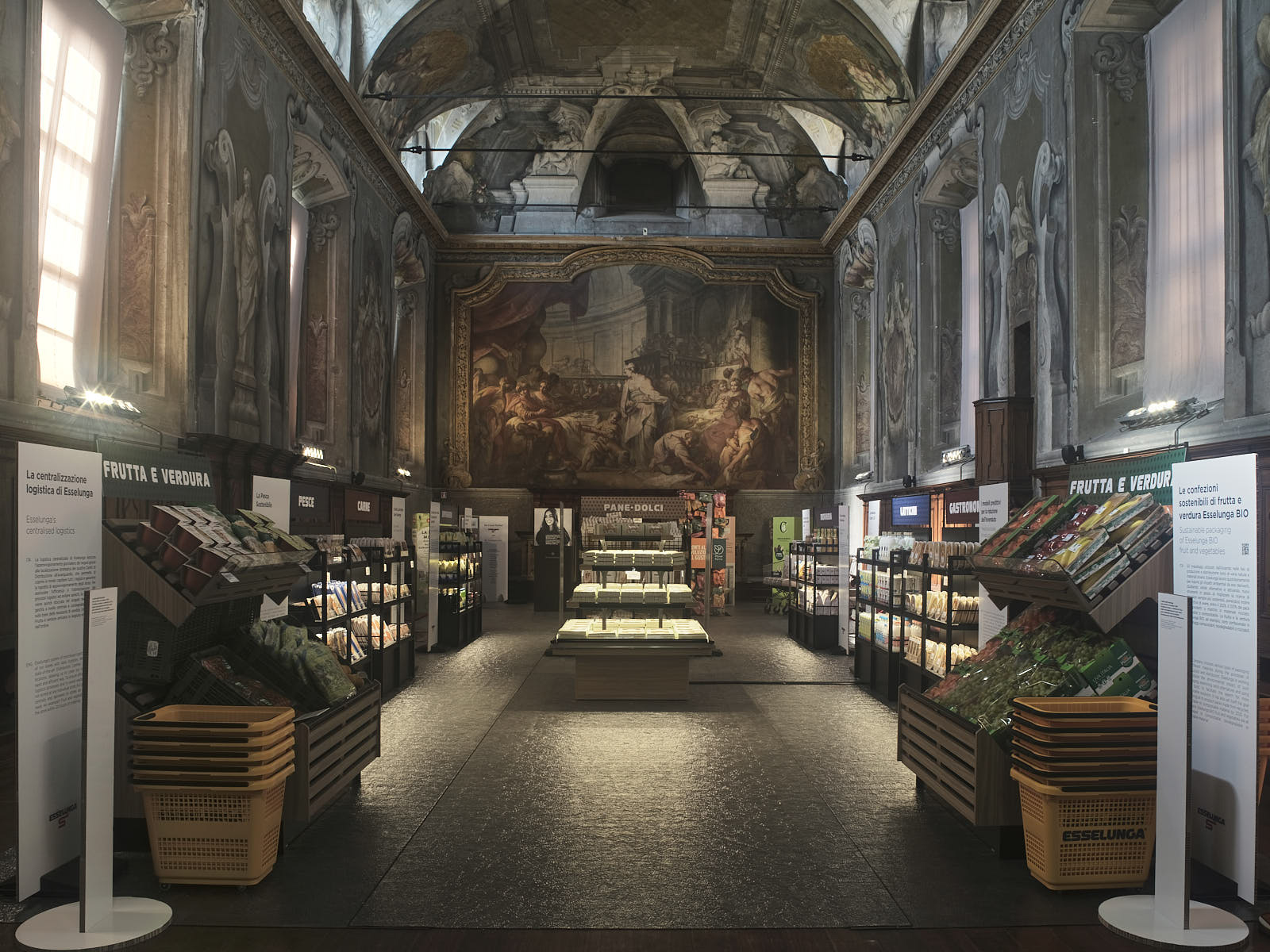 Rossana Orlandi presents Guiltless Plastic at Milan Design Week 2021
Rossana Orlandi presents Guiltless Plastic at Milan Design Week 2021Guiltless Plastic is Rossana Orlandi’s thrilling exploration of the material’s potential for recycling and upcycling in design
-
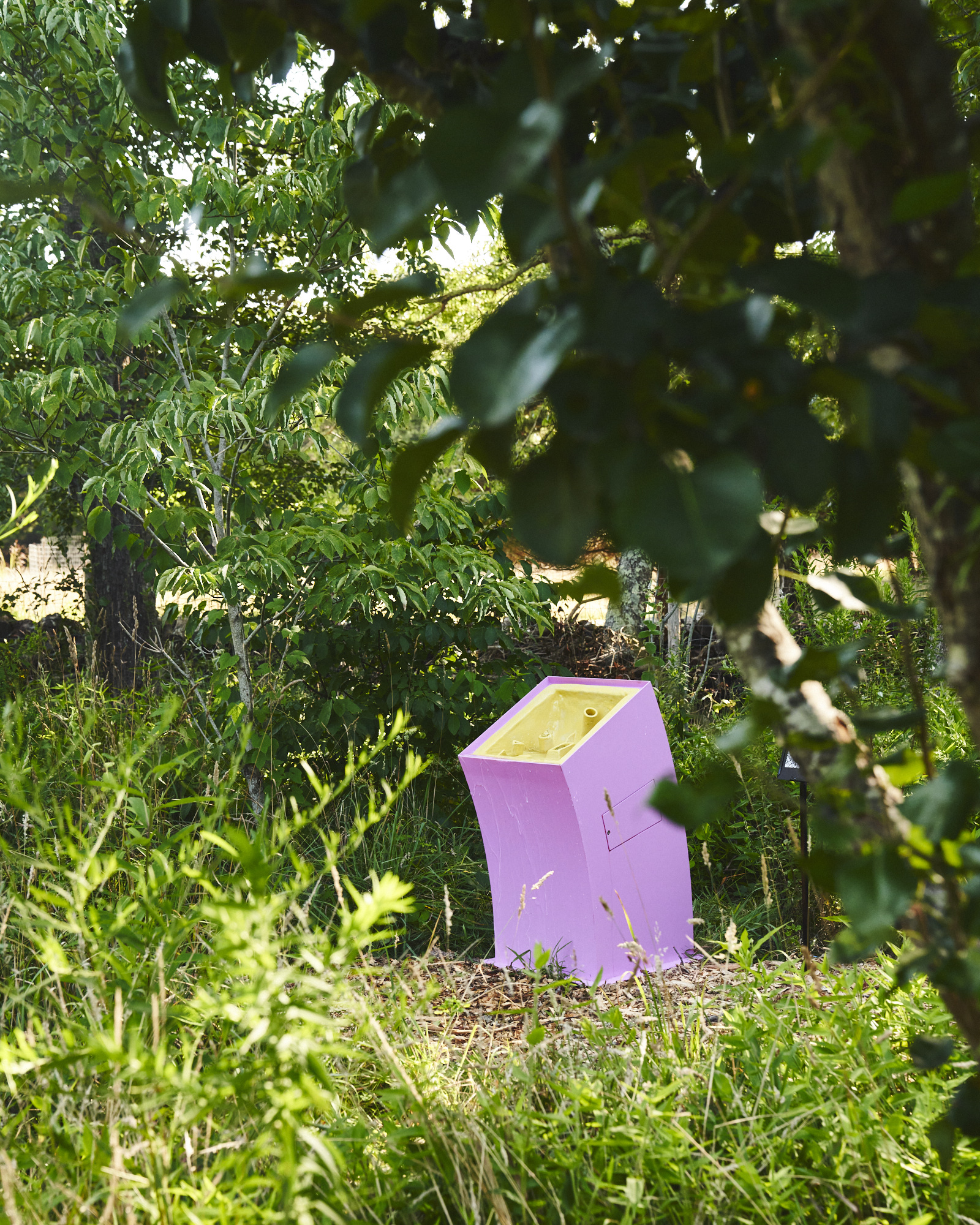 Bird baths and bee beaches invite nature to Marcel Breuer’s Marshouse
Bird baths and bee beaches invite nature to Marcel Breuer’s Marshouse‘For the Birds & Bees’ (until 18 September 2021) by design gallery R & Company and landscape designer Edwina von Gal aims to bring back wildlife to Marcel Breuer’s Marshouse, and increase awareness on the importance of birds and pollinators
-
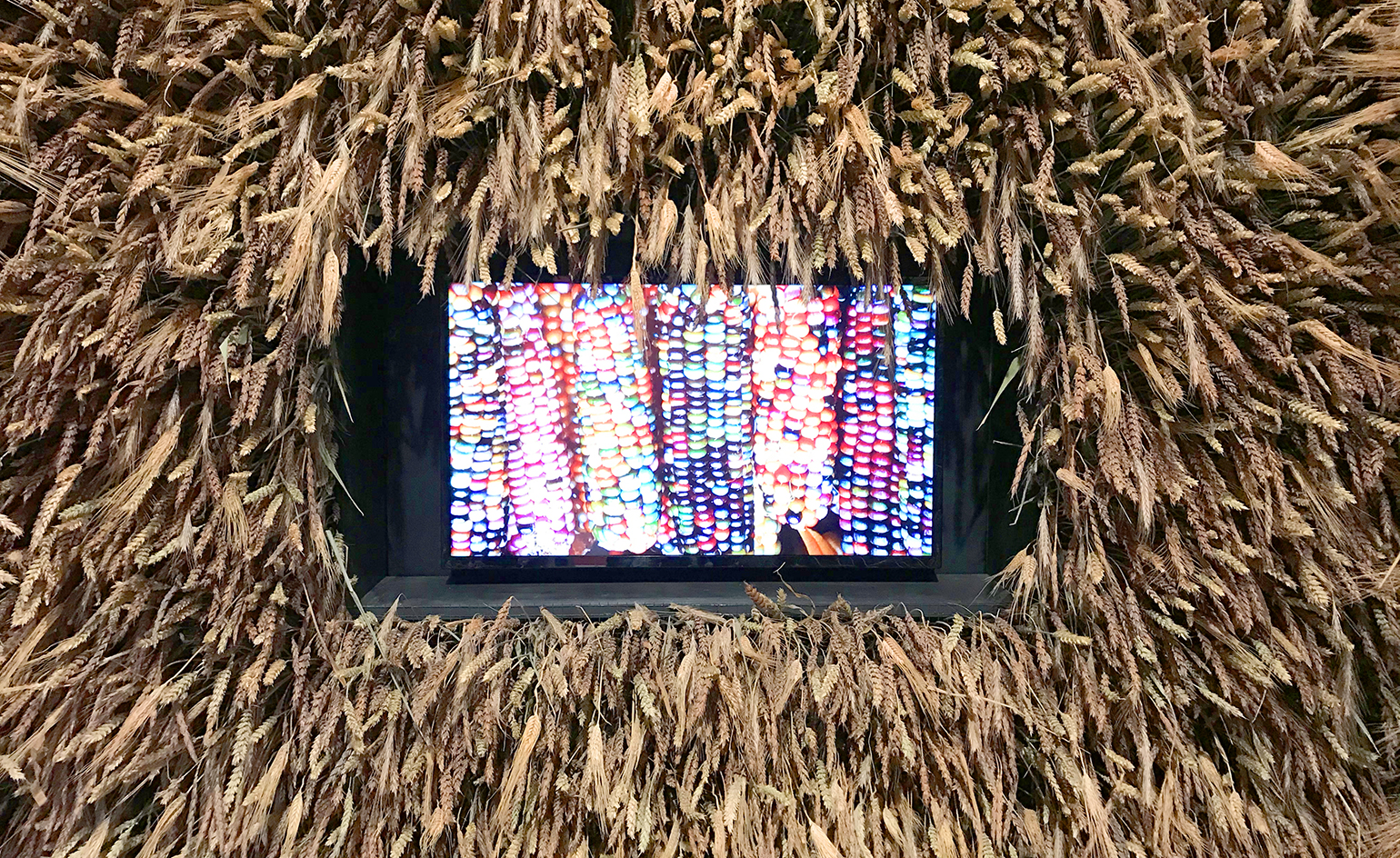 Can farmer designers save the planet?
Can farmer designers save the planet?The future of farming, the climate crisis, and how we can feed ourselves sustainably are at the heart of a new exhibition, ‘Farmer designers: an art of living’, at Bordeaux Museum of Decorative Arts and Design (until 17 January 2022)